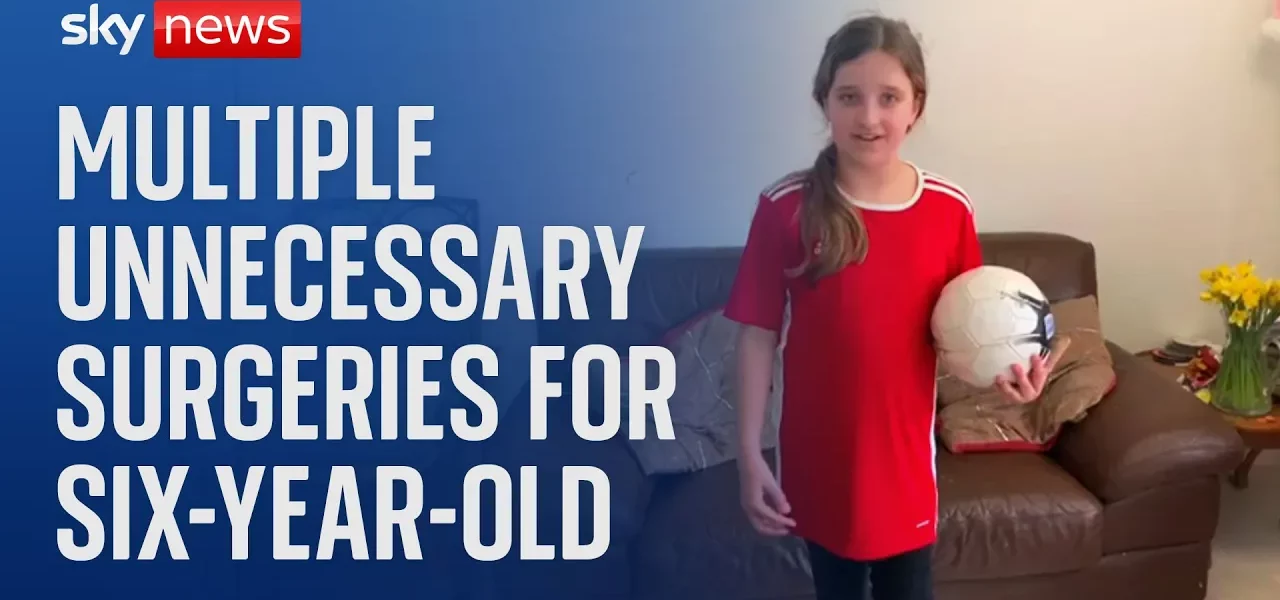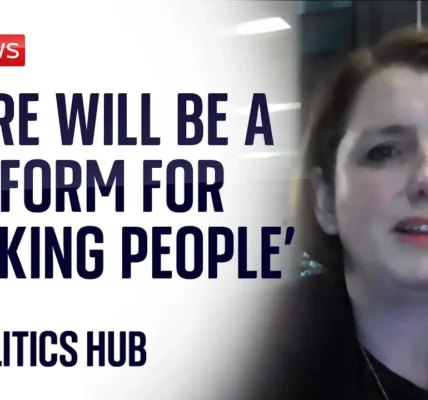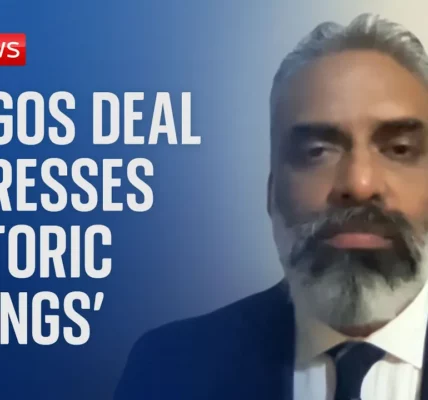Bunty’s Journey: From Hope to Reality with a Prosthetic Leg

In this article, we delve into the poignant story of Bunty, a brave young girl who faced numerous medical challenges due to a rare bone condition. Her journey through unsuccessful surgeries, painful experiences, and ultimately, the decision to receive a prosthetic leg highlights the importance of patient advocacy and proper medical care.
Introduction
Bunty, a young girl with a rare bone condition, has endured a lifetime of medical challenges. From her early years, she faced numerous hospital visits, painful procedures, and a prolonged battle to regain her mobility. This article provides an in-depth look at her experiences leading to the eventual choice of a prosthetic leg, the ramifications of her treatment, and the broader implications for healthcare practices. The insights shared by Bunty’s family shed light on the critical need for transparency and accountability in the medical field.
The Early Struggles of Bunty’s Condition
Bunty has a rare bone condition that necessitated multiple medical interventions throughout her childhood. Her family recounts the many hospital visits and treatments that ultimately led to more pain than relief.
Initial Treatments and Procedures
In her quest for healing, Bunty underwent several surgeries and procedures, all aimed at regrowing bone. However, these interventions were fraught with complications:
- Over 15 months of surgical attempts
- Multiple painful procedures that ultimately failed
- Uncertainty surrounding her prognosis and treatment efficacy
The Role of Dr. Yasa Jabar
Dr. Yasa Jabar, a former consultant orthopedic surgeon at Great Ormond Street Hospital, played a pivotal role in Bunty’s treatment. Initially, he presented a hopeful narrative about her recovery, but the reality soon proved different.
Promises of Success
Dr. Jabar’s assurances created an optimistic atmosphere:
- He claimed Bunty’s leg would be successfully lengthened.
- He emphasized the potential for growth and mobility improvements.
- He portrayed a vision of recovery that ultimately led to disappointment.
The Downfall of Treatment
Despite the initial optimism, Bunty’s condition did not improve. Her family feels that Dr. Jabar’s decisions were misguided:
- Attempts to save a leg that could not be salvaged
- Unnecessary procedures that resulted in prolonged suffering
- Lack of proper communication regarding risks and alternatives
The Decision for Amputation
In 2022, after enduring significant pain and unsuccessful treatments, Bunty’s family made the heart-wrenching decision to proceed with amputation. This choice, while difficult, was seen as a necessary step for her well-being.
Life After Amputation
Post-amputation, Bunty’s family has been focused on her rehabilitation and adjustment to life with a prosthetic leg. The transition has been challenging yet promising:
- Increased mobility and freedom
- Opportunities to engage in activities like swimming
- Overcoming societal stigma associated with prosthetics
Investigating Medical Practices
The fallout from Bunty’s case extends beyond her personal experience. A review of Dr. Jabar’s practices revealed a troubling pattern of decision-making that has affected multiple patients.
Hospital’s Response and Accountability
Great Ormond Street Hospital has publicly apologized to Bunty and her family, acknowledging the shortcomings in care:
- Commitment to transparency and accountability
- Addressing the findings of the review
- Ensuring high standards of care moving forward
Broader Implications for Patient Care
This case highlights the critical need for healthcare systems to prioritize patient well-being by:
- Encouraging open discussions regarding treatment options
- Providing comprehensive risk assessments
- Validating patient and family concerns
Conclusion
Bunty’s journey is a testament to resilience amidst adversity. Her story underscores the importance of effective communication between medical professionals and families, as well as the need for rigorous oversight in healthcare practices. As families affected by similar experiences await the findings of the review, it is imperative that the healthcare system learns from these mistakes to prevent future harm. For those interested in learning more about patient advocacy and rights in healthcare, we encourage you to explore related articles on our website.
“`




